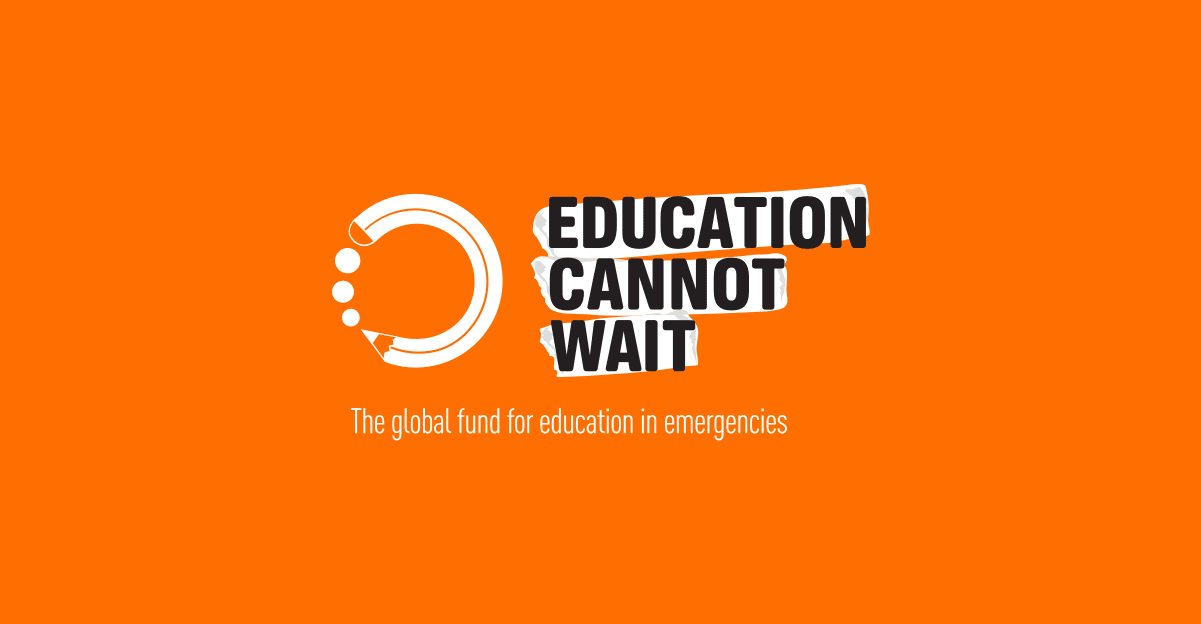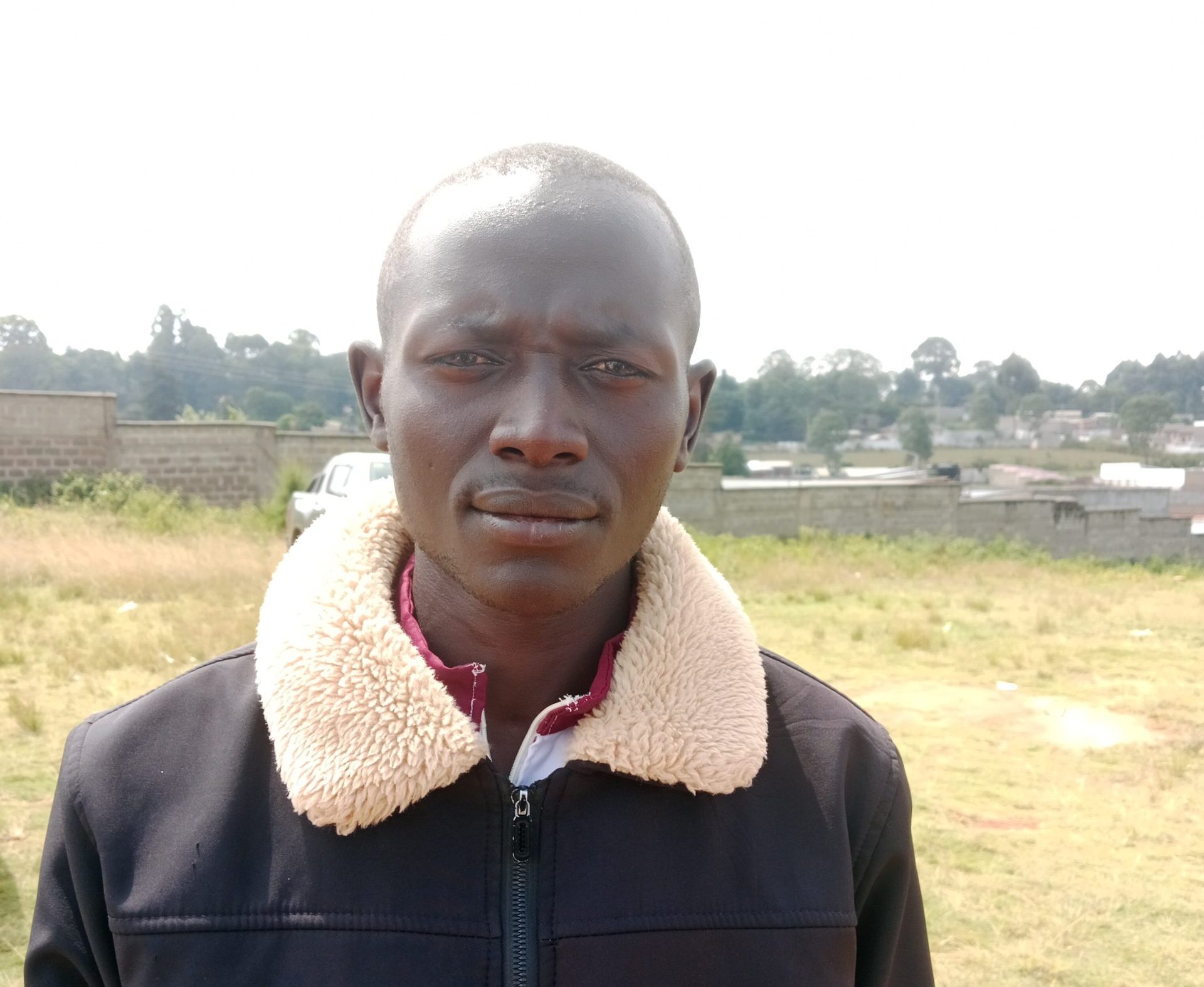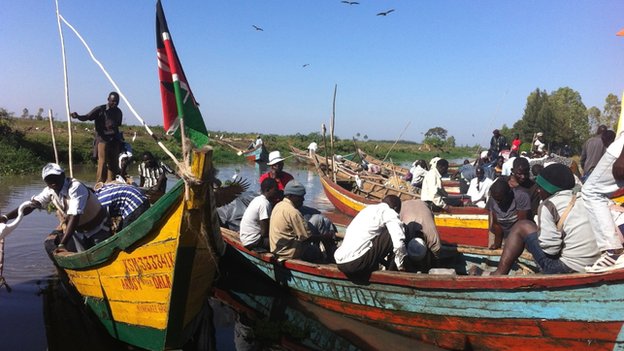By Roy Hezron
A United Nations study finds that 78.2 million children worldwide have dropped out of school entirely and unlikely to resume their education, a situation that will harm their future lives.
The total number of the dropouts includes 54 per cent of females and 17 per cent with functional difficulties, while 16 per cent are forcibly displaced.
The details are contained in a study report released on June 17, 2022 by Education Cannot Wait (ECW), a United Nations global fund for education in emergencies and protracted crises, which further reveals that a total of 222 million children and adolescents worldwide have had their education disrupted by multiple crises based on February 2022 data.
A similar survey conducted in the country last year jointly by National Council for Nomadic Education of Kenya (NACONEK) under the Ministry of Education and United Nations Children’s Fund (UNICEF) and released on October 19, 2021, showed an estimated 947,413 children are out of school, with the number including 452,229 boys and 495,184 girls in a survey that involved 16 counties.
The 16 counties included Garissa, Wajir, Turkana, Marsabit, Samburu, Isiolo, West Pokot, Tana River, Mandera, Nairobi, Kilifi, Kwale, Kajiado, Narok, Baringo and Bungoma.
In Marsabit, Mandera, Kajiado, Garissa, Narok, West Pokot and Isiolo counties, the study revealed that most Out Of School Children (OOSC) are found in grazing fields; while in Nairobi County most of them are found on the streets or in garbage dump sites.
In Bungoma County, the OOSC are found in farming plantations as well as on the streets. In Kwale and Kilifi counties, majority of the OOSC are found on the beach and in entertainment joints, while in Turkana County they can be found in market places and in boda boda pick points.
The study found out that the highest numbers of OOSC were found in Mandera (170,050), Garissa (166,010), Wajir (152,130) and Turkana (144,520) counties; with these counties collectively comprising 632,710 OOSC.
The UN report indicates that the children who have been affected by crises globally ranged from one year before the primary school age till the end of the theoretical age of secondary education.
Shocking in the study report is the 119.6 million children who are in school, but are not achieving minimum proficiency in reading or basic arithmetic.
The number includes 87.27 million children, which represents 85 per cent of those attending primary or lower secondary with no proficiency in reading. 93.04 million (91 per cent) of them attend primary or lower secondary, yet have not achieved minimum proficiency in Mathematics, and 26.56 million or 90 per cent are in upper secondary but are deprived of learning.
The study shows the least number of children who are either attending pre-primary, primary or secondary school and achieving the minimum proficiency levels for Mathematics or reading.
“This is a global call to action: we speak of the 222 million dreams representing each of the 222 million children and adolescents sustaining the extreme hardship of emergencies and protracted crises. Their dreams are profoundly driven by their experience of wars and forced displacement. This is our moment to empower them to turn their dreams into reality. While the world struggles with the devastating impacts of armed conflicts, Covid-19 and climate change, 222 million children and adolescents live through these horrific experiences. They dream to become their full potential rather than a victim,” said Yasmine Sherif, Director of Education Cannot Wait during the release of the study report in Geneva, Switzerland.
Sherif says the new data must be a wake-up call for all leaders and policymakers as more children are being left behind due to crises, noting that the international community must do more to support their educational needs, or there will be far-reaching negative impacts on human and economic development.
The study also showed that the war in Ukraine is pushing even more children out of school, with recent estimates indicating the conflict has impacted 5.7 million children.






